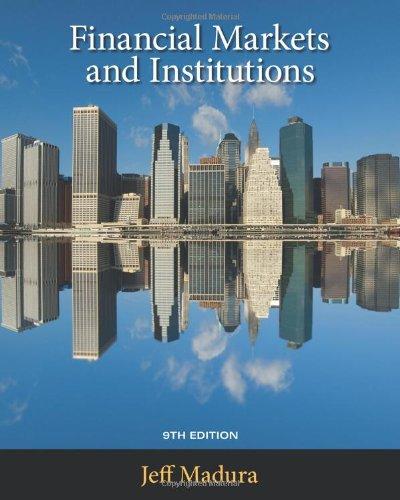Answered step by step
Verified Expert Solution
Question
1 Approved Answer
You are the chief financial officer ( CFO ) of Tasman Pulp Mill Co . ( TPM ) . Headquartered in Launceston, Tasmania, TPM is
You are the chief financial officer CFO of Tasman Pulp Mill CoTPM Headquartered
in Launceston, Tasmania, TPM is an ASXlisted company that employs more than
people across its diversified business units in Tasmania, where the overall unemployment rate
stands above the highest among all statesterritories in Australia. Mr David Hunt, the
current deputy CFO of TPM has just announced that he will retire in months after years
at TPM The chair of the recruitment committee of the board of directors at TPM asks you to
help find the next deputy CFO who will be able to assist the chief executive officer CEO and
you to continue the success and growth that TPM has seen over the last two decades or so
You indicate to the committee chair that, because TPM continues to expand its operations
via either acquiring other businesses or upgrading current facilities, it is critically important the
incoming deputy CFO has thorough understanding of project analysis and capital budgeting.
You also suggest that the best way to test the candidates knowledge and practical skills is to
ask the candidates to analyze a simulated case in addition to the usual formal interview.
Part I: The committee chair agrees with you and asks you to come up with a mock case.
The information listed below will be given to the candidates.
TPM has an after tax cost of capital of ; it will pay on any new bank borrowing;
the current tax rate is
A new manufacturing technology has just become available. Adopting this new
technology requires TPM to upgrade its manufacturing equipment. Compared to the existing
technology, the new technology is faster and requires fewer workers but at the same time is
less environmentally friendly.
The current pulp mill equipment has an annual output of air dried tonnes ADt
of pulp which currently sells at $ per tonne. In contrast, the new equipment will have an
annual output of ADt of pulp.
The current equipment was purchased three years ago for $ It has a book
value of $ and another four years of life remaining with no salvage value. It can be
sold on the secondary market today for $ The new equipment costs $
will be funded by bank loans and is expected to last five years with an estimated salvage
value of $ The new equipment will immediately reduce net working capital NWC
by $
The current equipment requires annual fixed cash costs including overhead and
operating of $ while the new equipment requires $
Manufacturing pulp using the current equipment incurs the following costs per tonne
in addition to the costs stated in : labour $ material $ variable overhead $
and fixed overhead $ The corresponding figures for the new equipment are $ $
$ and $ respectively.
All candidates are required to answer the following questions. The committee chair asks
you to prepare the correct solutions so the answers by the candidates can be checked.
a Based on the NPV rule, should TPM upgrade to the new technology or continue to
operate using its current equipment?
b Conduct risk evaluations using the sensitivity analysis of adopting the new technology
by considering the following factors: output using the new technology may be overestimated;
the reduction in NWC may be overestimated; due to continuous development in the industry,
the equipment may worth less than $ in five years; the labour cost per tonne may be
underestimated.
c What types of nonfinancial factors TPM must also consider when evaluating the new
technology.
Part II: The committee chair also asks you to prepare a list of questions which will be used
in the formal interview to test the candidates theoretical understanding of project analysis and
capital budgeting. The Chair indicates that the number of questions should be no fewer than
five but no more than ten. The Chair further indicates that the majority on the interview panel
have no background in project analysis and capital budgeting; therefore they rely on the
answers prepared by you to conduct the interview and select the most suitable candidate for
the position of deputy CFO.
Step by Step Solution
There are 3 Steps involved in it
Step: 1

Get Instant Access to Expert-Tailored Solutions
See step-by-step solutions with expert insights and AI powered tools for academic success
Step: 2

Step: 3

Ace Your Homework with AI
Get the answers you need in no time with our AI-driven, step-by-step assistance
Get Started


